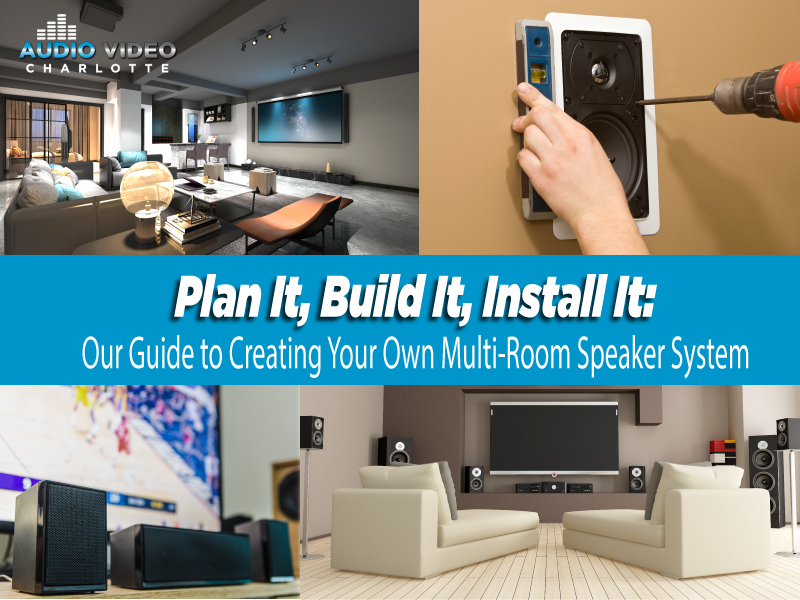While configuring AV systems, the importance of cabling and signal transmission is vital. Effective wiring not only supports that audio and video quality are maintained but also guarantees the reliability of the overall system. In any AV arrangement, whether for a school, office, or residential cinema, streamlining the network cabling can lead to enhanced performance and fewer technical issues. This guide will outline essential strategies for enhancing cable management and interfacing in AV systems.
The first step in improving media setups is to choose the suitable cables for the task. Various types of cables serve unique purposes, so choosing reliable ones is crucial. For example, HDMI cables are widely used for carrying high-definition visual and audio signals. In opposition, balanced audio cables like XLR can minimize signal noise in sound systems. It is important to consider the distance and quality of these cables, as longer cables can cause signal degradation. By purchasing premium cables that match the precise needs of the AV configuration, users can significantly boost overall performance.

Another important strategy is managing the wiring strategically. A neatly arranged wiring system not only looks cleaner but also enhances functionality. Using cable management accessories like clips, ties, or sleeves can aid maintain wires orderly and prevent tangling. This structure also makes it easier to diagnose any issues that may emerge. Labeling advanced multimedia installations for trade shows each cable according to its function or connection point can save time during installations or servicing. A clear layout helps technicians quickly track connections, which is especially valuable in multi-device systems with various devices.
Additionally, understanding the configuration of the space is crucial for improving connectivity. The placement of components can impact how signals move through cables. Installing devices too far apart may require longer cables or signal boosters, which can be expensive and reduce quality. It is beneficial to design the organization of equipment strategically, taking into account the spacing between devices and potential obstacles such as walls or furniture. This intentional placement can limit issues related to signal loss and enhance signal integrity throughout the AV system.
Scheduled maintenance checks are another important strategy for supporting optimal functionality of AV cabling and system integration. Over time, cables may become frayed due to handling or aging. Regularly inspecting all connections helps catch potential problems before they this hyperlink develop into serious issues. Upgrading worn-out cables and maintaining connectors can maintain signal quality and ensure the system operates smoothly. Using a log for periodic maintenance can help users stay on top of this aspect of their AV setups.
Finally, remaining aware about modern technologies and protocols is crucial for anyone managing AV systems. The field is consistently advancing with breakthroughs in technology that can elevate connectivity and performance. Joining seminars, reviewing industry resources, or joining professional groups can offer insightful knowledge into effective methods and up-to-date technologies available on the market. By embracing these technologies and applying them to current systems, users can evolve their AV installations on an ongoing basis while maintaining they remain current with industry trends.
In summary, optimizing wiring and signal management in AV systems requires strategic choice of cables, intentional organization, strategic space positioning planning, scheduled maintenance checks, and remaining current on technological advancements. By implementing these strategies, users can achieve better performance and reliability in their audio-visual setups, ultimately leading to a more enjoyable experience for everyone involved.